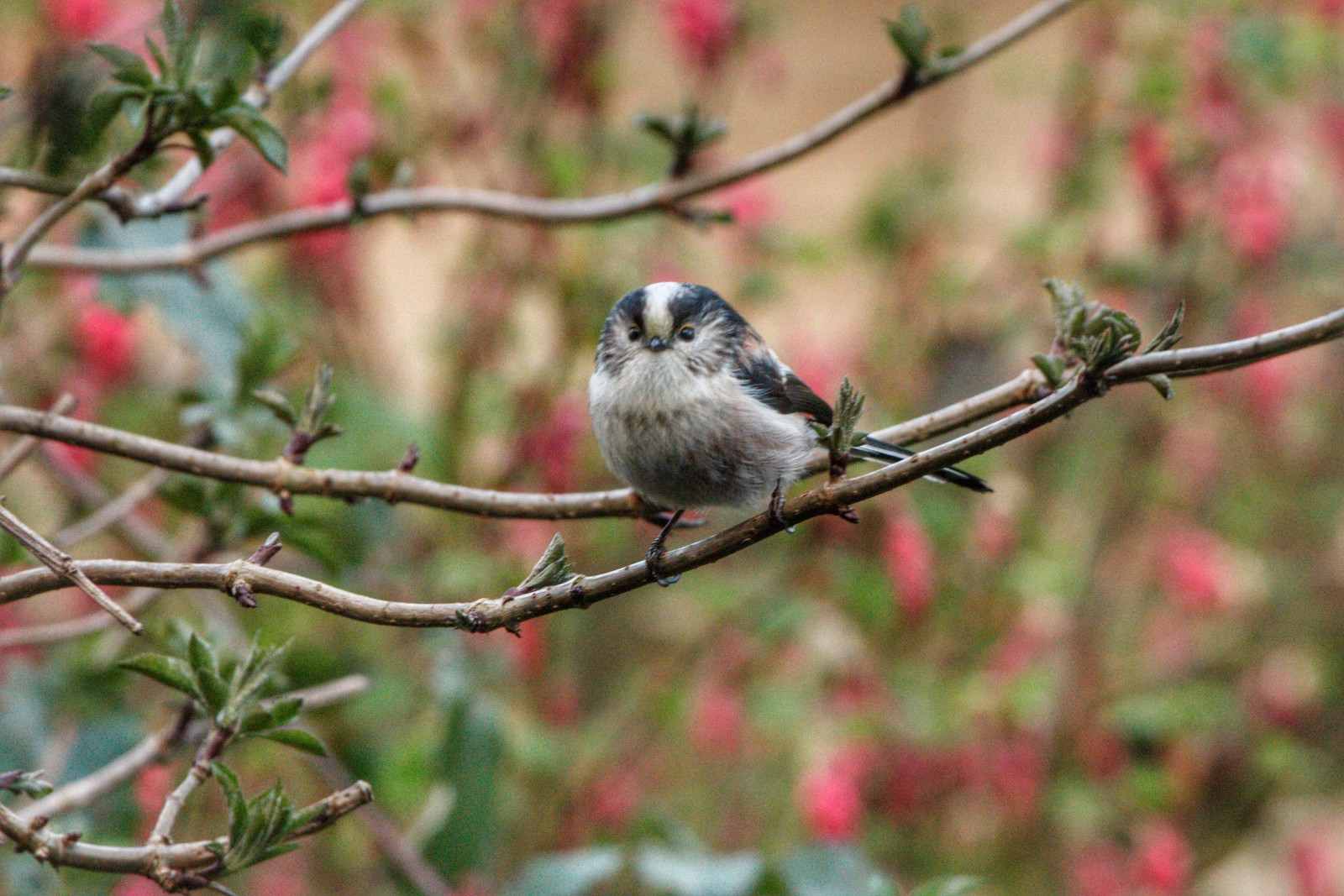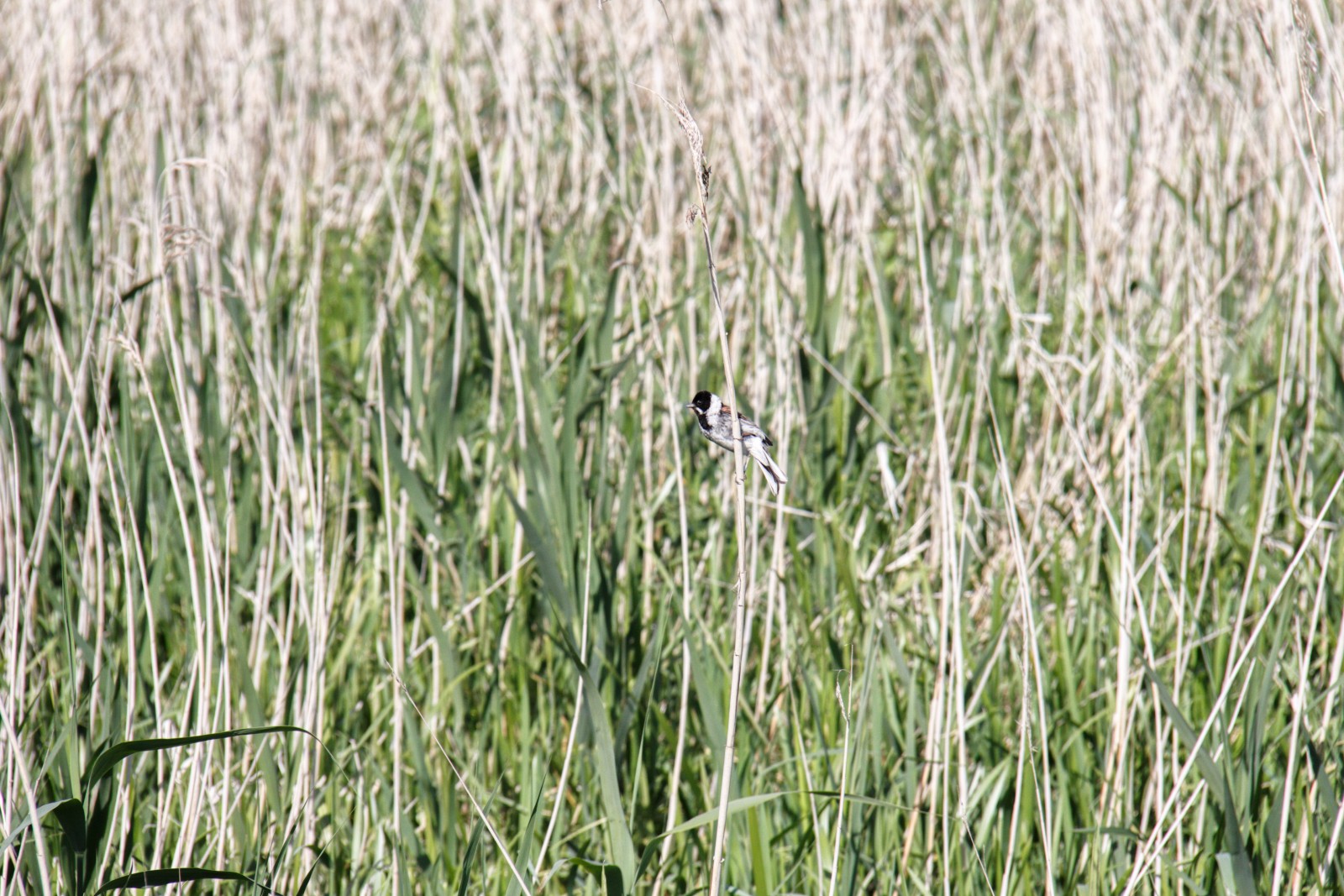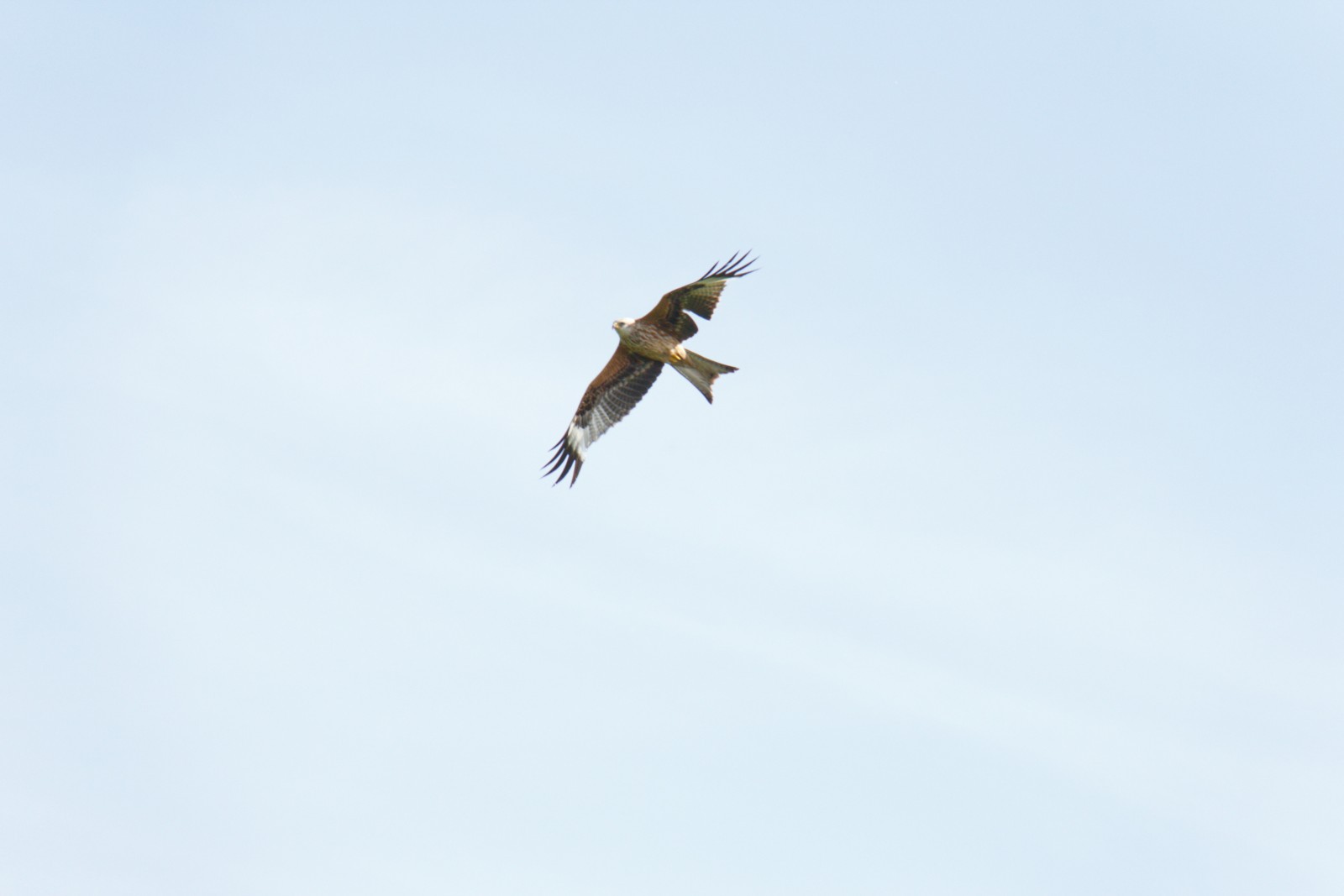Descripción
This is an area of 157 hectares with wet meadows with a pool and a scrape. It holds large areas of water after flooding. You can see quite a few migrating birds such as Golondrina Común, Avión Común, Andarríos Chico, Zarapito Real, Cisne Cantor, Zarapito Trinador, Carricerín Común, Charrán Común, Collalba Gris. But also Milano Real, Busardo ratonero, Martín Pescador Común, Avefría Europea, Lechuza Común, Garza Real, Garceta Común, Críalo Europeo, Escribano Palustre Camachuelo Común and also Bigotudo.
Best time to visit is March to end June for breeding waders and meadowbirds. November to end January for thousands of migrating birds once the area is flooded.
Detalles
Accesso
Eight miles south east of York, four miles east of the A19. From Wheldrake follow the road (Carr Lane) towards Thorganby and out of the village where the road takes a sharp right turn. 0.5 miles further on a narrow road to you left (after the Yorkshire Water compound) takes you down to the nature reserve. Park on the stony area next to the bridge over the River Derwent.
There are two different car parks, one for Wheldrake Ings, the other one for Bank Island. Both places are really close to each other and you can easily walk between the two (10 min).
Terreno y habitat
Llanura , Pisos de barroCondiciones
Plano , Nivel del agua alto probableCamino circular
No¿Se necesita telescopio?
Puede ser útilBuena época para el avistamiento de aves
Todo el año , PrimaveraMejor momento para visitar
Migración de primavera , Migración de otoñoRuta
Camino anchoCamino difícil de andar
FácilAccesible vía
A pie , BicicletaEscondite de observación / plataforma
SíInformación extra
The wetlands attract a wide range of birds. Spring and autumn can be exciting as migrant waders, terns and raptors pass through. Polluela Pintoja, Rascón Europeo and Carbonero Montano all breed along with many common waders and ducks. Aguilucho Lagunero Occidental, Alcotán Europeo and Halcón Peregrino are all seen regularly with the chance of an Águila Pescadora or Fumarel Común during migration.




